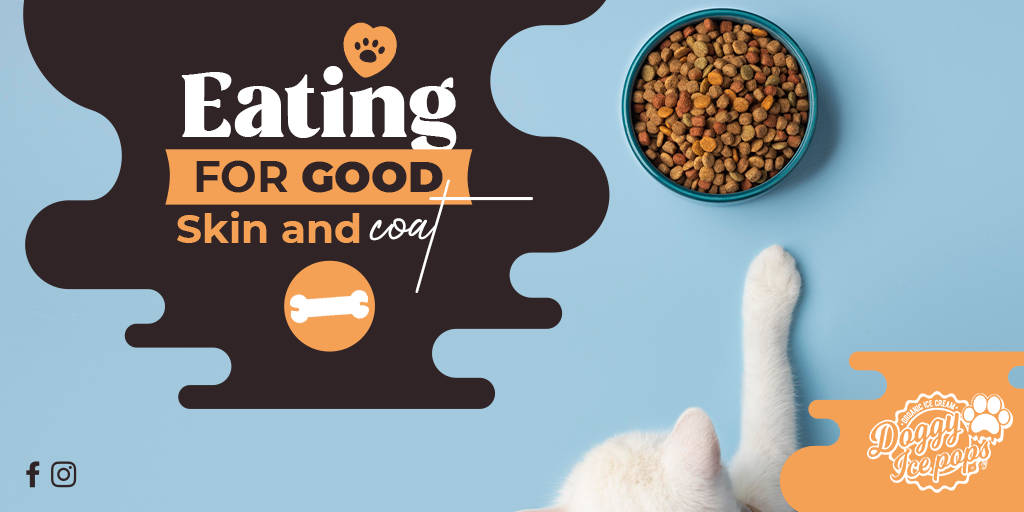
Article Detail
30 Jul
There are many commercial dog diets available, and selecting quality ones to feed your dog can be daunting. Keep in mind that to satisfy recommendations set by the American College of Veterinary Nutrition, quality commercial dog food meets these five standards:
- Complete: It contains all required nutrients.
- Balanced: All the nutrients are in proper proportions.
- Palatable: It features a welcome taste that your dog will eat in sufficient amounts to keep his body at a healthy condition.
- Digestible: All the ingredients can be absorbed into your dog’s body for use.
- Safe: The ingredients are free from nutrient deficiencies, excesses or imbalances; are free from toxins; and are free from microbial contamination or spoilage.
Definitely consult your veterinarian to help select the appropriate supplements your dog may need based on his age, health condition and breed.
Our experts offer these tips to help your dog sport a healthy coat:
✤ Learn the doggie alphabet diet. Bolster your dog’s skin and overall health by making sure his chow or supplements contain adequate amounts of a pair of omega-3 fatty acids chemically known as eicosapentaenoic acid (EPA) and docosahexaenoic acid (DHA). Nutritious sources of these omega-3 fatty acids include eggs, salmon, fish oils, flaxseeds and chia seeds.
✤ Dish up omega-6 fatty acids in your dog’s food. Dogs need omega-6 fatty acids to keep skin hydrated and serve as a protective barrier, but they are not able to produce them on their own. Dogs lacking enough omega-6 fatty acids in their diet can be at risk for a variety of skin issues as well as a weakened immune system. Healthy sources of omega-6 fatty acids can be found in chicken as well as sunflower, soybean and canola oils.
✤ Don’t feed into hype on the internet. Certain oils may score popularity points, but they might not be the best choice for your dog.
✤ Top your dog’s dry food on occasion with skin-fortifying yummies. They include blueberries (loaded with antioxidants); carrots for a tasty vitamin A boost; sardines in water for a lip-drooling source of omega-3 fatty acids; and green beans, packed with fiber, calcium and vitamins A, B, C and K.
Good nutrition
By being proactive in watching for any changes in your dog’s weight, skin quality or appetite, you can play a vital role in his overall health and possibly address conditions like diabetes, hypothyroidism or kidney disease in their early stages.
And, by selecting quality ingredients, you may help your dog avoid reactions to food allergies and their accompanying signs, such as persistent scratching, skin bumps, bald spots or a dull-looking coat as well as chronic vomiting or diarrhea.


